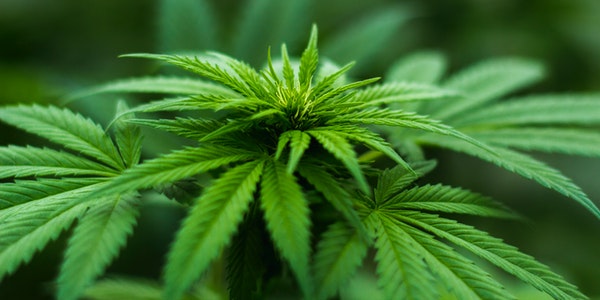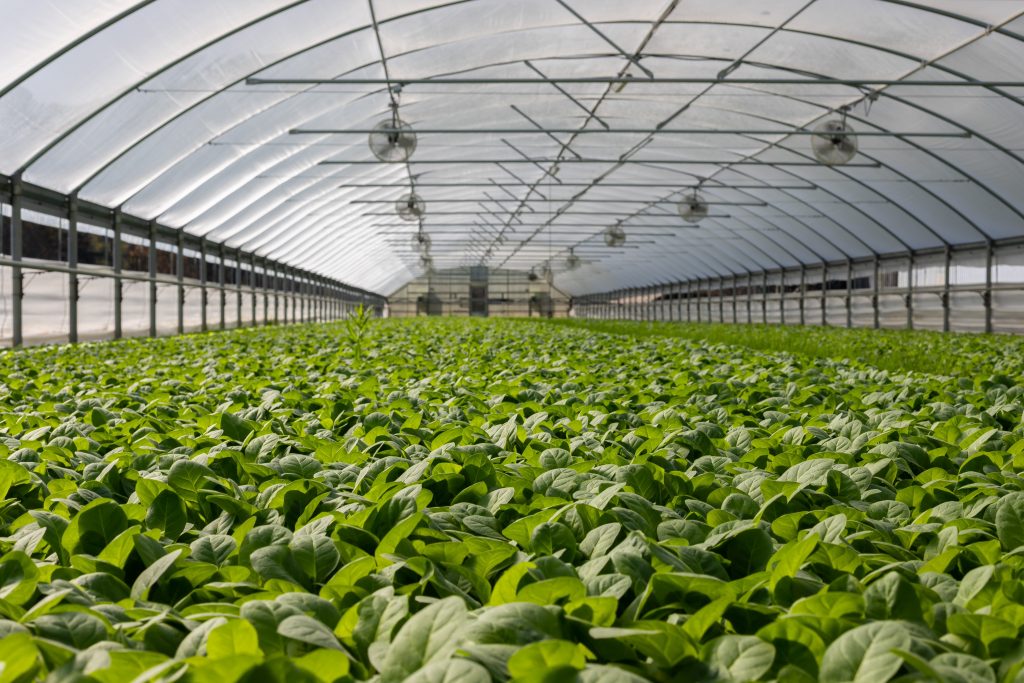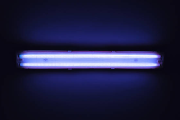LED VS CFL -Which type of plant growth lamp is more suitable for me?
“Which plant growth light should I apply?” is the most frequently asked question when new growers prepare to install. The answer depends on the situation. There are two main types of lighting technologies, each with its advantages and disadvantages. What method is best for you depends on your budget and goals.
This article compares two main types of plant growth lamps: LED and CFL.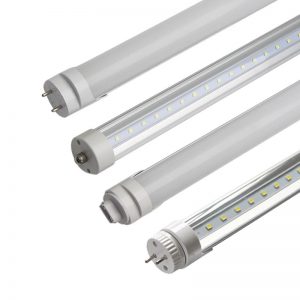
Compact fluorescent lamp
CFL is the abbreviation of compact fluorescent lamp. For hydroponics and indoor planting, CFL lamp is another commonly used lighting product. CFL bulbs are not as powerful as other available lighting technologies. CFLs are also cheaper and produce less heat, which makes them ideal for growing plants, germinating seeds and reproducing. CFL is also a very economical and cost-effective choice for growers who want to plant a small amount without investing too much in equipment or having a small planting space.
There are many types of Compound fluorescent lights, including spiral CFL (like the larger CFL lights in a house) and T8 fluorescent tubes, which are long lights.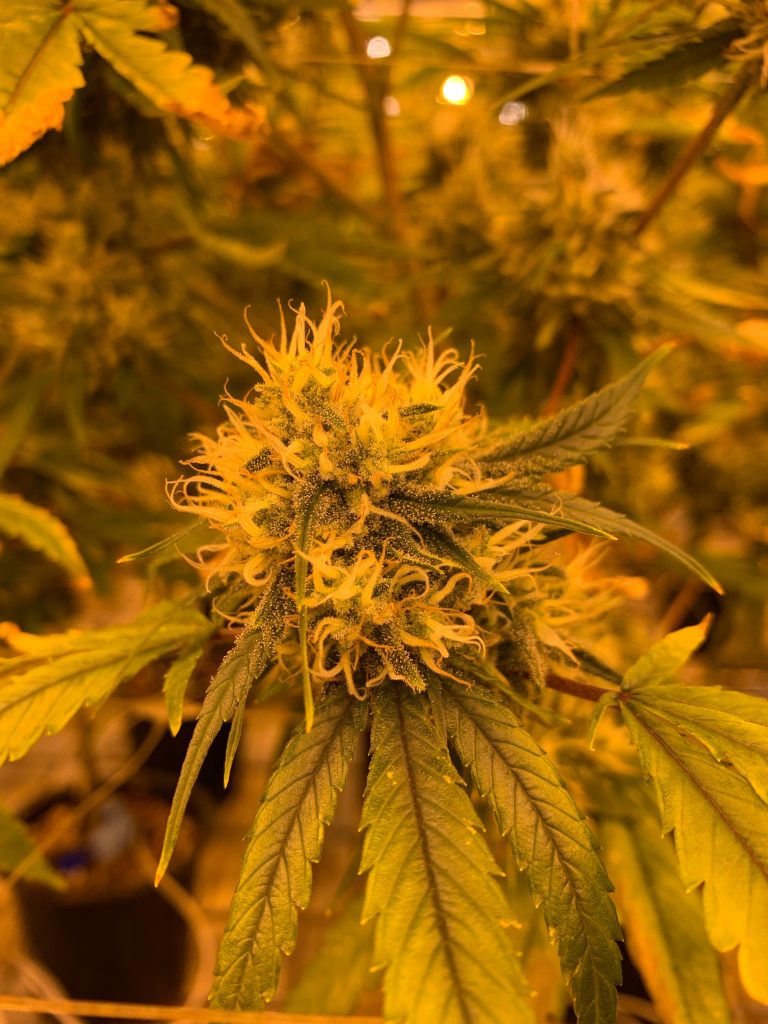
Although fluorescent lamps generate less heat and are cheaper, they do have their disadvantages. The growth rate of mature plants under energy-saving lamps will be much slower than that of other lighting fixtures. Therefore, professional indoor and hydroponic growers will only use Compound fluorescent lights for plant seedling and cloning. But, hobby growers who hope to achieve moderate growth with a small amount of investment, Compound fluorescent lights are likely to be a fine option.
Advantages of Compound fluorescent lights: the cheapest kind of growth light to buy. The heat output is extremely low, which means you don’t need a large exhaust fan for simple setup.
Disadvantages of Compound fluorescent lights: CFL lights emit less power than other types of lights, which means that the growth rate will be slower than that of LEDs, and the output will be lower than what LEDs can harvest.
CFL is the best growing light that can meet the following conditions: Compound fluorescent lights will be the best choice for growing small plants and baby plants, or you like planting and are looking for a low-investment, easy way to start growing in the greenhouse.
LED plant light
Another option is LED plant lights. These have some advantages of HPS lamps and CFLs, but they also have some disadvantages.
Recently, LED garden lighting technology has not yet developed a good enough choice. This has not stopped many suppliers from selling poorly performing “LED planting lights” and has led to disappointing output for growers. Nevertheless, LED technology has now developed to the point where it becomes a viable option for indoor gardens or hydroponics.
Led plant growth lights are manufactured according to the technology of solar photosynthesis. The photosynthesis system that promotes plant growth is researched and developed. LED plant growth lights can provide plants with efficient green functions. Farmers who grow vegetable greenhouses can follow their own The time can be set arbitrarily to prolong the photosynthesis of plants, especially in rainy and hazy days, the plants can also grow normally, and can also be used in plant factories and flower gardens.
The led plant growth lamp provides a reasonable light environment for plants, promotes the growth and development of plants, and has certain requirements for light quality and intensity. Led plant growth lamp is an artificial light source used for plant photosynthesis growth system to meet the light conditions of photosynthesis. According to the type, it belongs to the third generation of plant fill light! In the lack of sunlight, this kind of lamp can play the role of sunlight, so that plants can grow and develop normally or better.
LED plant supplement light has the following five characteristics:
- The LED plant supplement light has a very long life.
- LED plant supplement light can shorten the growth cycle of plants, promote the growth of plants, can make crops go on the market 7-15 days in advance, and greatly increase the economic income of vegetable farmers.
- In recent years, due to the frequent rainy weather and haze in winter, the crops in the greenhouses are continuously lack of light, the long-term low-light plants are not healthy, the fruit development is slow, the sugar content is reduced, the yield is also reduced, and pests and diseases And other problems spread. The LED plant supplement light can extend the light time of the crop and reduce these problems.
- LED plant supplement light consumes very little power, so vegetable farmers do not have to worry about the cost of supplement light.
- Can increase crop production. The energy required for the growth of plants comes from the photosynthesis of the plants, and photosynthesis needs sunlight, and the plant supplement light can supplement the light when the light is insufficient, and promote the accumulation of plant dry matter, thus achieving the purpose of increasing yield.
Can CFL and LED be mixed for crop growth
The photosystem for photoreaction is composed of a variety of pigments, such as chlorophyll a (Chlorophyll a), chlorophyll b (Chlorophyll b), and carotenoids (Catotenoids). The main absorption spectra of chlorophyll a, chlorophyll b and carotenoids are concentrated at 450nm and 660nm. Therefore, in order to promote photosynthesis, 450nm deep blue LED and 660nm super red LED are mainly used, and some white LEDs are combined to achieve this. Efficient LED plant lighting.
Photoreceptors are the key for plants to experience changes in the external environment. In the light response of plants, the most important photoreceptors are phytochromes that absorb red light/far-red light.
Phytochrome is a type of pigment protein that has a reversal effect on the absorption of red light and far red light, participates in light morphogenesis, and regulates plant development. It is resistant to red light (R) and far red light (FR). It is extremely sensitive and plays an important role in regulating the growth and development of plants from germination to maturity.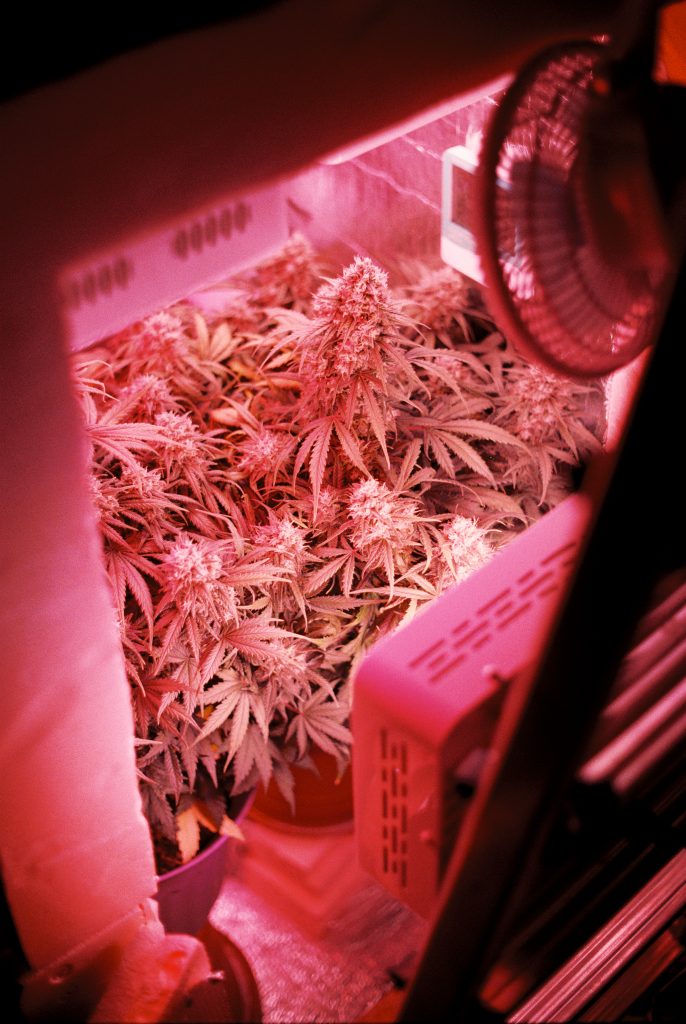
Phytochromes in plants exist in two stable states: red light absorption type (Pr, lmax=660nm) and far-red light absorption type (Pfr, lmax=730nm). The two light absorption types can reverse each other under the irradiation of red light and far-red light. The effects of phytochromes (Pr, Pfr) on plant morphology include seed germination, de-yellowing, stem elongation, leaf expansion, shade avoidance, and flowering induction.
Therefore, a complete LED plant lighting program not only requires 450 nm blue light and 660 nm red light, but also requires 730 nm far red light. Deep blue light (450nm) and super red light (660nm) can provide the spectrum required for photosynthesis, and far red light (730nm) can control the whole process of plants from germination to vegetative growth and flowering.
Two major effects of 730nm far-red LED on plants
Shade avoidance
If the plant is only irradiated by the deep red light of 660nm, the plant will feel that it is under direct sunlight and grow normally. And if the plant is mainly irradiated by the far-red light of 730nm, the plant will feel as if it is blocked by another taller plant from the direct light of the sun, so the plant will grow harder to break through the obscuration. Helping plants grow taller, but does not necessarily mean that there will be more biomass (bio mass).
Flowering induction
Another important role of 730nm far-red light in horticultural lighting applications is that the flowering cycle can be controlled by 660nm and 730nm lighting, without relying only on the influence of the season, which is of great value for ornamental flowers. The conversion of the phytochrome Pr to Pfr is mainly induced by the deep red light of 660nm (representing the sunlight during the day), and the conversion of Pfr to Pr usually occurs naturally at night, and it can also be excited by 730nm far-red light.
Phytochrome controls the flowering of plants mainly depends on the ratio of Pfr/Pr, so we can control the Pfr/Pr value by 730 nm far-red light irradiation, so as to more accurately control the flowering cycle.
As an emerging light source in the 21st century, LED does have many advantages. In addition, the low manufacturing technology threshold (chip + driver + welding) of the whole lamp, the vigorous promotion of government departments, has obtained rapid development, and its application in agricultural production is also the general trend.
Compared with 28w T8 fluorescent lamp, 18/12w white light LED lacks the UVA part before 380nm and some blue light, but the red light part is wider. In fact, the effect should be half a catty. Using LED instead of fluorescent lamp can save energy better, but why What makes plants grow differently? Because under the same PPFD, the 380-500nm part of the fluorescent lamp is more than that of the LED. For the early growth of leafy vegetables, the effect of blue light is better than red light.
Although the white light contains all the spectrum, the content of 450nm and 660nm which play a major role is not high, so there is a plant-specific LED composed of 450nm and 660nm.
The tomatoes were irradiated under 200w red and blue LEDs and 200w white light LEDs, separated by a plate in the middle to prevent mutual influence. After a month, the tomatoes under the red and blue light will grow taller than those under the white light. Many people hope to use LEDs instead of agricultural sodium lamps to be used in greenhouses to reduce electricity bills. But in fact, it is more difficult. 200w LED cannot replace the status of agricultural sodium lamps (above 140lm/w) in the greenhouse.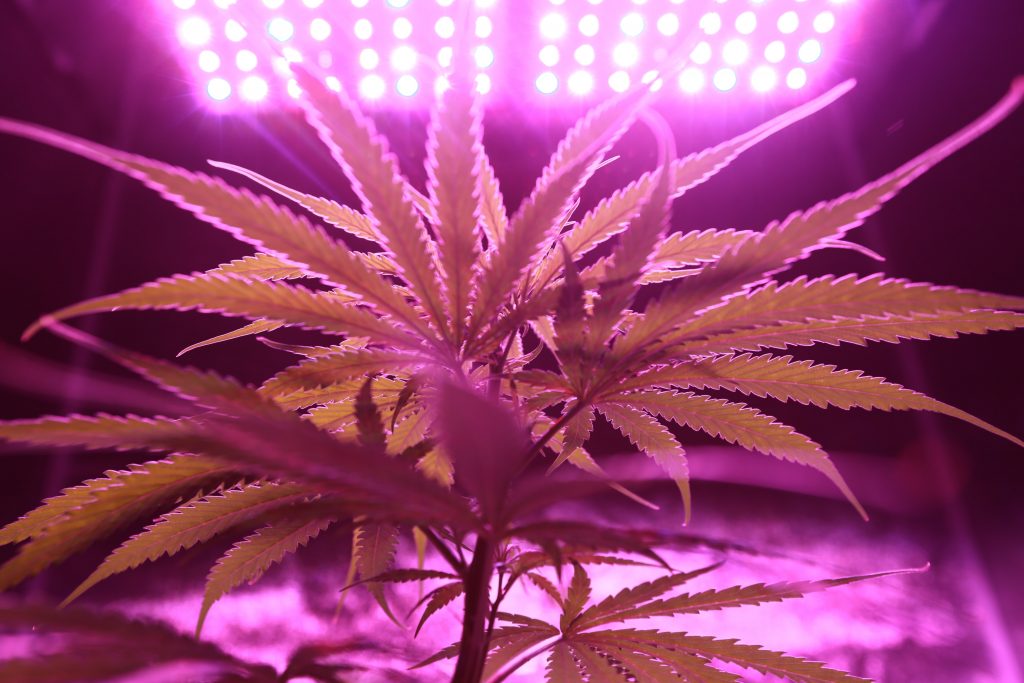
The low light efficiency of red and blue light (20lm/w) cannot make it reach the light compensation point too far away from the plant. The 200w LED can get 56μmol/s/m² at 1.5 meters, and the light compensation point of tomato is 53.1μmol/ s/m², if hung on the top of a greenhouse with a height of 3-6 meters, it will not have any effect. Therefore, when designing an LED greenhouse, use more powerful LEDs or design the suspension method to be adjustable in height so that it can be adjusted according to the plant Growth height, always output the highest possible PPFD to the plant at a close distance.
Fluorescent lamps are excited by mercury vapor to emit ultraviolet rays, and then the phosphor on the tube wall converts the ultraviolet rays into broadband visible light. The emission spectrum ranges from 350 to 750 nm with a peak value of 560 nm. The lamps that are used in every household are also used in large quantities for plant tissue culture and seedling raising, with the advantage of low cost.
From the spectrum point of view, fluorescent lamps mainly contain blue light and a small amount of red and orange light. They lack the 660nm red light required by plants, so they are not suitable for the process of flowering and fruiting, but can be used for initial seedlings.
We can also extend the effective spectral range by coating the inner wall of the glass tube with phosphors of the corresponding spectrum, which can make the lamp emit blue light, red light or a mixed light of the two to expand the effective spectral range. However, due to the low power, the suspension distance is too high. Light compensation point, fluorescent lamp is only suitable for close-range tissue culture and seedling cultivation.
Note that the phosphor does not have 660nm, the red fluorescent lamp uses 620nm, the effect is definitely worse than the 660nm LED.

